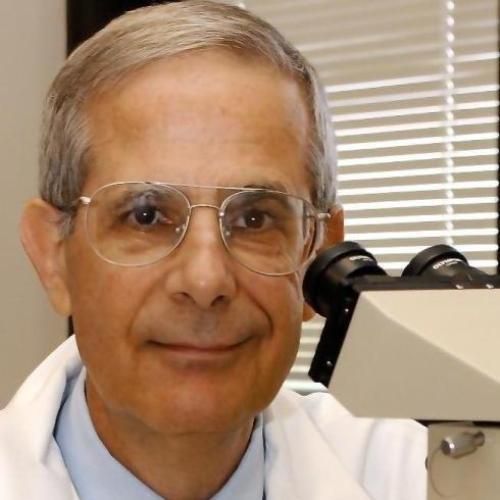Regulation of matrix turnover in meniscal explants: role of mechanical stress, interleukin-1, and nitric oxide.
The meniscus is an intra-articular fibrocartilaginous structure that serves essential biomechanical roles in the knee. With injury or arthritis, the meniscus may be exposed to significant changes in its biochemical and biomechanical environments that likely contribute to the progression of joint disease. The goal of this study was to examine the influence of mechanical stress on matrix turnover in the meniscus in the presence of interleukin-1 (IL-1) and to determine the role of nitric oxide (NO) in these processes. Explants of porcine menisci were subjected to dynamic compressive stresses at 0.1 MPa for 24 h at 0.5 Hz with 1 ng/ml IL-1, and the synthesis of total protein, proteoglycan, and NO was measured. The effects of a nitric oxide synthase 2 (NOS2) inhibitor were determined. Dynamic compression significantly increased protein and proteoglycan synthesis by 68 and 58%, respectively, compared with uncompressed explants. This stimulatory effect of mechanical stress was prevented by the presence of IL-1 but was restored by specifically inhibiting NOS2. Release of proteoglycans into the medium was increased by IL-1 or mechanical compression and further enhanced by IL-1 and compression together. Stimulation of proteoglycan release in response to compression was dependent on NOS2 regardless of the presence of IL-1. These finding suggest that IL-1 may modulate the effects of mechanical stress on extracellular matrix turnover through a pathway that is dependent on NO.
Duke Scholars
Published In
DOI
ISSN
Publication Date
Volume
Issue
Start / End Page
Location
Related Subject Headings
- Swine
- Sulfur Radioisotopes
- Stress, Mechanical
- Proteoglycans
- Protein Biosynthesis
- Physiology
- Organ Culture Techniques
- Nitric Oxide
- Methylene Blue
- Joints
Citation
Published In
DOI
ISSN
Publication Date
Volume
Issue
Start / End Page
Location
Related Subject Headings
- Swine
- Sulfur Radioisotopes
- Stress, Mechanical
- Proteoglycans
- Protein Biosynthesis
- Physiology
- Organ Culture Techniques
- Nitric Oxide
- Methylene Blue
- Joints


